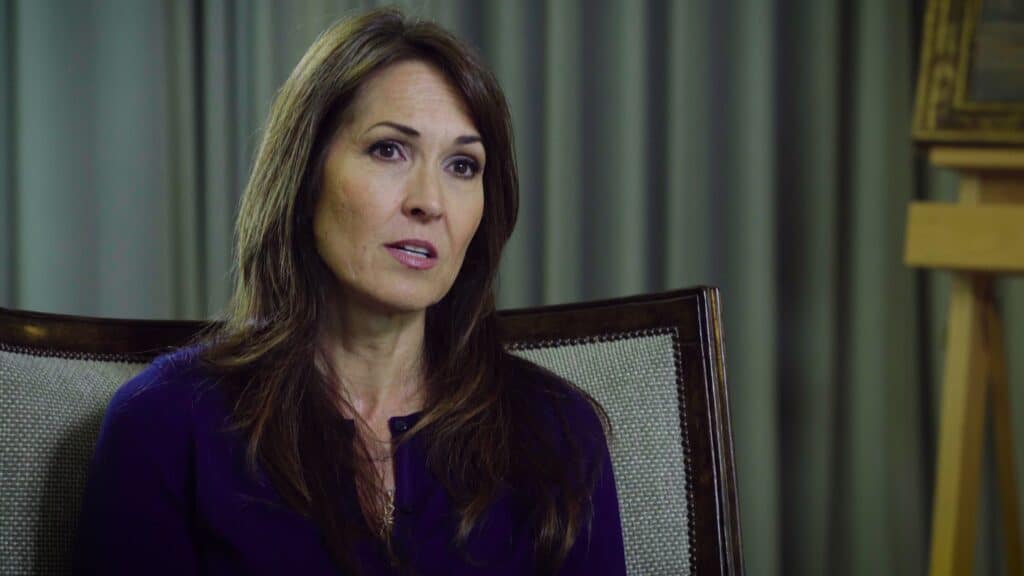Read also:
How to Watch FX Live Without CableHow To Watch AMC Without CableHow to Watch ABC Without CableHow to Watch Paramount Network Without CableRobin Williams receives a heartfelt ode, wrapped in a PSA about the disease that led to his unique struggles.
The death of a celebrity is a strange and complex thing. The death of a person is a tragedy, the death of a “personality” something else entirely. Never is the debate of public vs private life, what do we know, what do we deserve to know? louder than after a public figure has passed. Assumptions are made, headlines are splashed, and the people left behind are left with the pieces. When Robin Williams died in August of 2014, public grief was swift and overwhelming, and when the cause of death was revealed as suicide, so too was the public judgment. Why would a person who seemingly had everything take their own life?
In October 2014, Williams’ autopsy revealed that prior to his death he had been suffering from the effects of Lewy Body Dementia, a progressive and neurodegenerative form of dementia, that had been misdiagnosed before his death as Parkinson’s disease. Robin’s Wish, directed by Tylor Norwood, seeks both to bring clarity to Williams’ struggles and to shed light on Lewy Body Dementia.
A brief but moving documentary, Robin’s Wish focuses primarily on his widow Susan Schneider Williams as she describes their marriage, life together, and his painful last year when the disease began to affect him. Friends and neighbors, famous and “civilian” alike, paint a picture of Williams as a brilliant but humble man who loved performing and making people laugh.

The film glosses over the majority of Williams’ career, but it’s understandable. After all, the documentary isn’t a retrospective, but instead a more intimate look at a man who could ad-lib filthy iambic pentameter on stage, but also sit by the bedside of a wounded soldier for hours, just chatting.
Much is made of his “ordinary” pleasures: living in a cul-de-sac, cycling, meditating with Susan, but the film doesn’t canonize Williams (no easy feat in a documentary). The interviews include directors David E. Kelley and Shawn Levy, and many of his oldest friends, centered around Susan Williams as the focal point.
Robin’s Wish also features information about Lewy Body Dementia itself, tying into the terrible symptoms that Susan describes, symptoms that she would only understand after her husband passed away, and that he, tragically, would never understand. The talk of Williams’ final months is hard to hear, particularly for how cognizant he was that something was wrong, but not what it was.
Robin’s Wish takes its title from a quote of William’s that Susan discovered after his death, where he states that “I want to help people be less afraid”. It is the film’s goal (and Susan’s) that coming forward with Williams’ experiences will help others, fund research, give hope.
The talk of Williams’ final months is hard to hear, particularly for how cognizant he was that something was wrong, but not what it was.
Lewy Body Dementia is frequently misdiagnosed (as Williams’ was), and while no cure exists, there is much to be said about treatment with a correct diagnosis. A recurrent theme throughout the interviews is the refrain that his friends and family just wish that they could have done more to help him. It’s clear that the hope of Susan and the doctors involved in the film that information and education will aid patients and their loved ones.
A sad but lovely portrait of a very-loved man and a wife who misses him, Robin’s Wish is a look at the private struggles of a public figure, a topic which could be tired in other hands but is served ably here.
If anything, it may falter for being neither a true biographical feature nor a medical special, but the two parts meld strongly and I think that each balances the other enough to produce a touching and informative piece.
Robin’s Wish is available On Demand.